Hello friends, today I’m going to share with you Exploring Technology Tools for Language Learning.
For a limited time, exclusive premium Accounts are being provided for free in our WhatsApp channel. Only 101 slots available, link will be deactivated once the slots are filled. Click here and Join ASAP!
Contents
Introduction
Language learning is an ever-evolving process that requires creativity and innovation to keep learners engaged and motivated.
In recent years, technology has revolutionized the way we approach language education, offering a wide range of tools and resources to enhance the learning experience. One area where technology has made a significant impact is in unleashing creativity among language learners.
This article delves into the various technology tools available and how they can be harnessed to foster creativity in language learning. Let’s dive in!
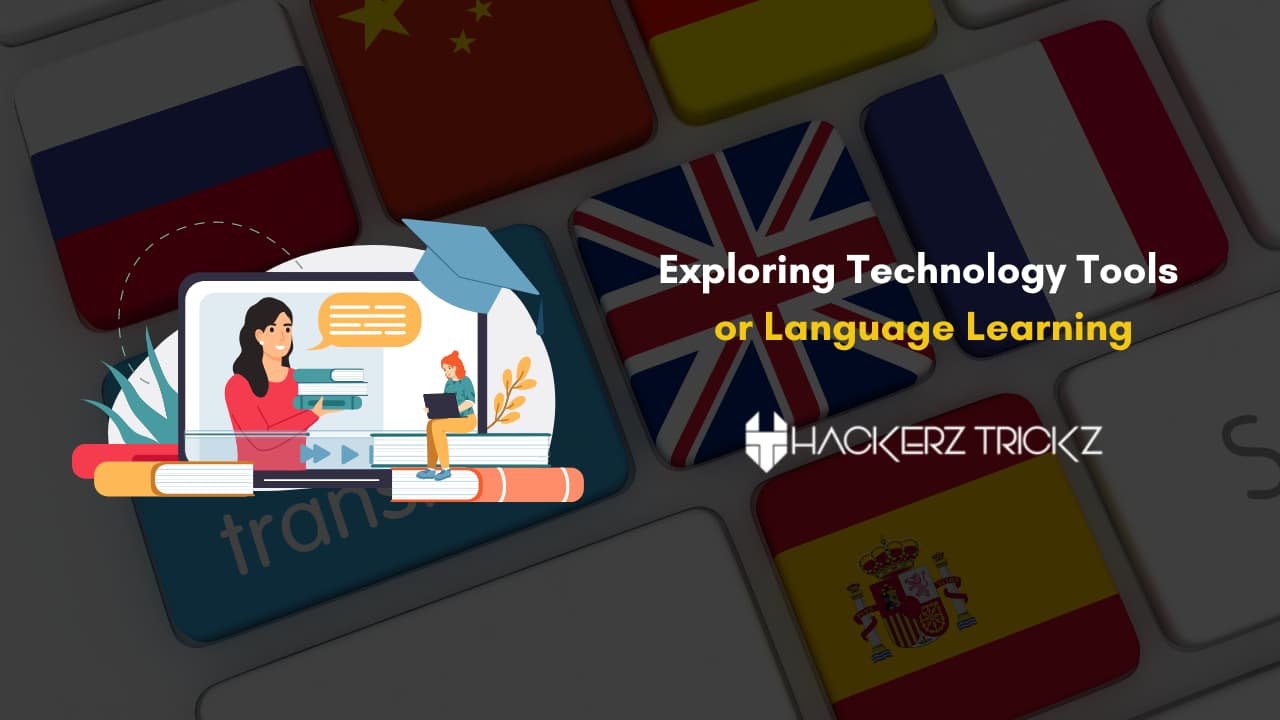
Also Read – 100% Working Free Nikke Accounts with 10,000 Gems
Interactive Language Learning Apps
Language learning apps have gained tremendous popularity, providing learners with interactive and gamified experiences.
These apps incorporate creative elements such as vocabulary-building games, audio-visual aids, and real-life simulations to make language learning engaging and fun. Let’s take a closer look at three popular language-learning apps:
Promova
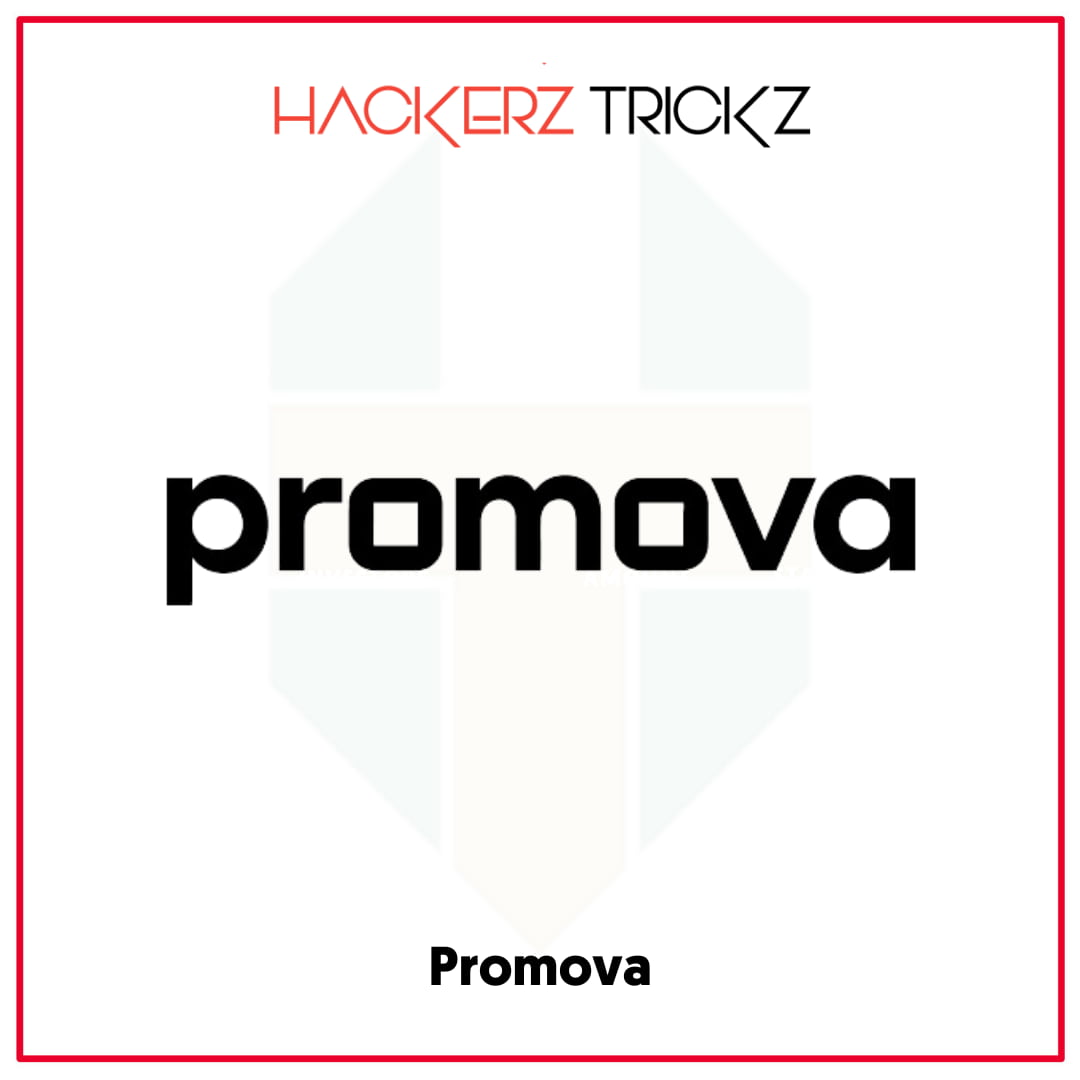
Promova stands out as an innovative language-learning app that focuses on enhancing pronunciation and speaking skills.
With its user-friendly interface and unique features, Promova offers learners a platform to practice pronunciation accuracy through speech recognition technology. Learners receive real-time feedback on their pronunciation, allowing them to refine their skills and build confidence.
Promova also provides a variety of interactive exercises and activities, including role-playing scenarios and dialogues, to foster conversational skills in a creative and immersive way.
Duolingo
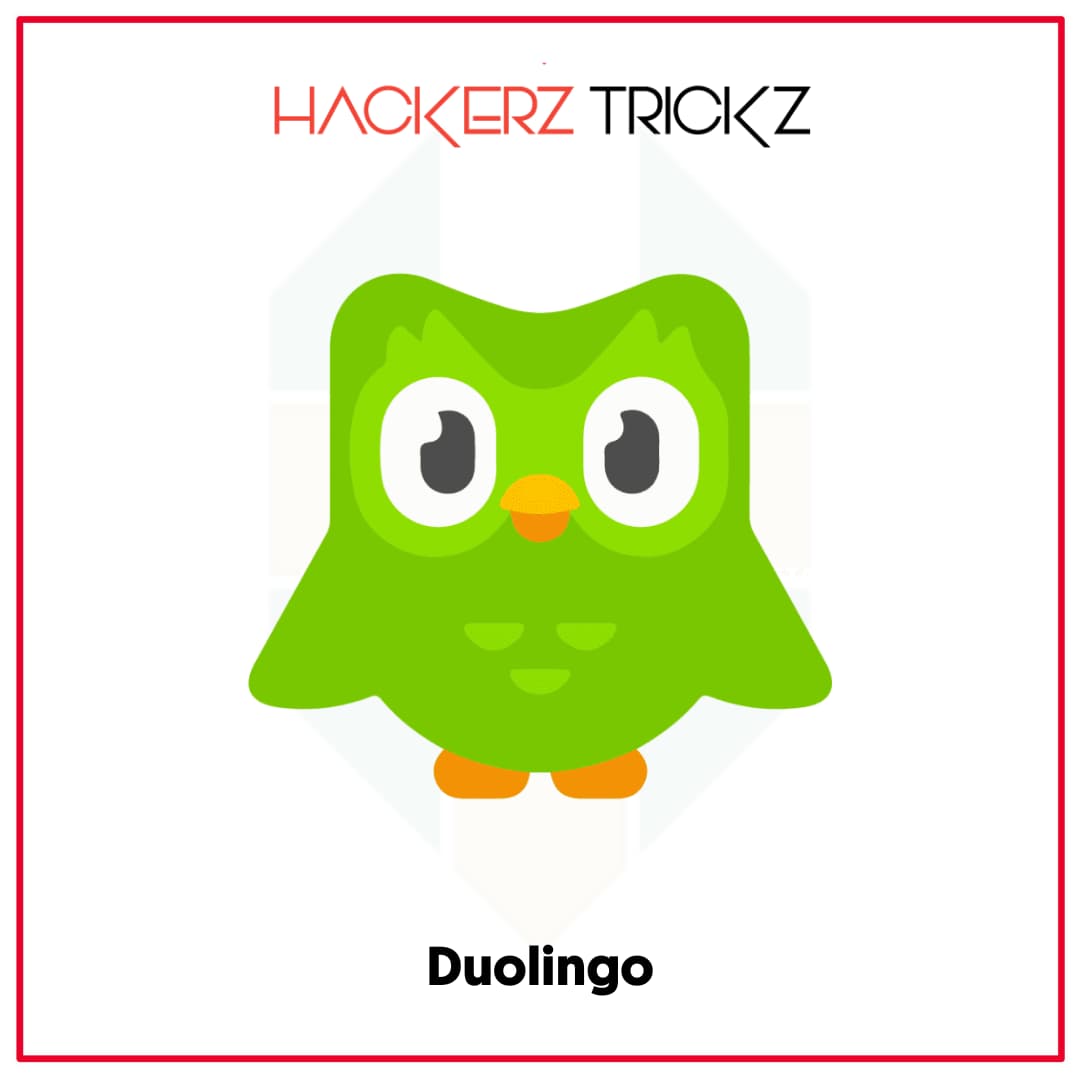
Duolingo has gained immense popularity among language learners for its game-like format and bite-sized lessons. The app offers a wide range of languages to choose from, allowing learners to earn points and unlock levels as they progress through various interactive exercises.
Duolingo covers all language skills, including reading, writing, listening, and speaking, making the learning experience comprehensive and engaging.
Memrise
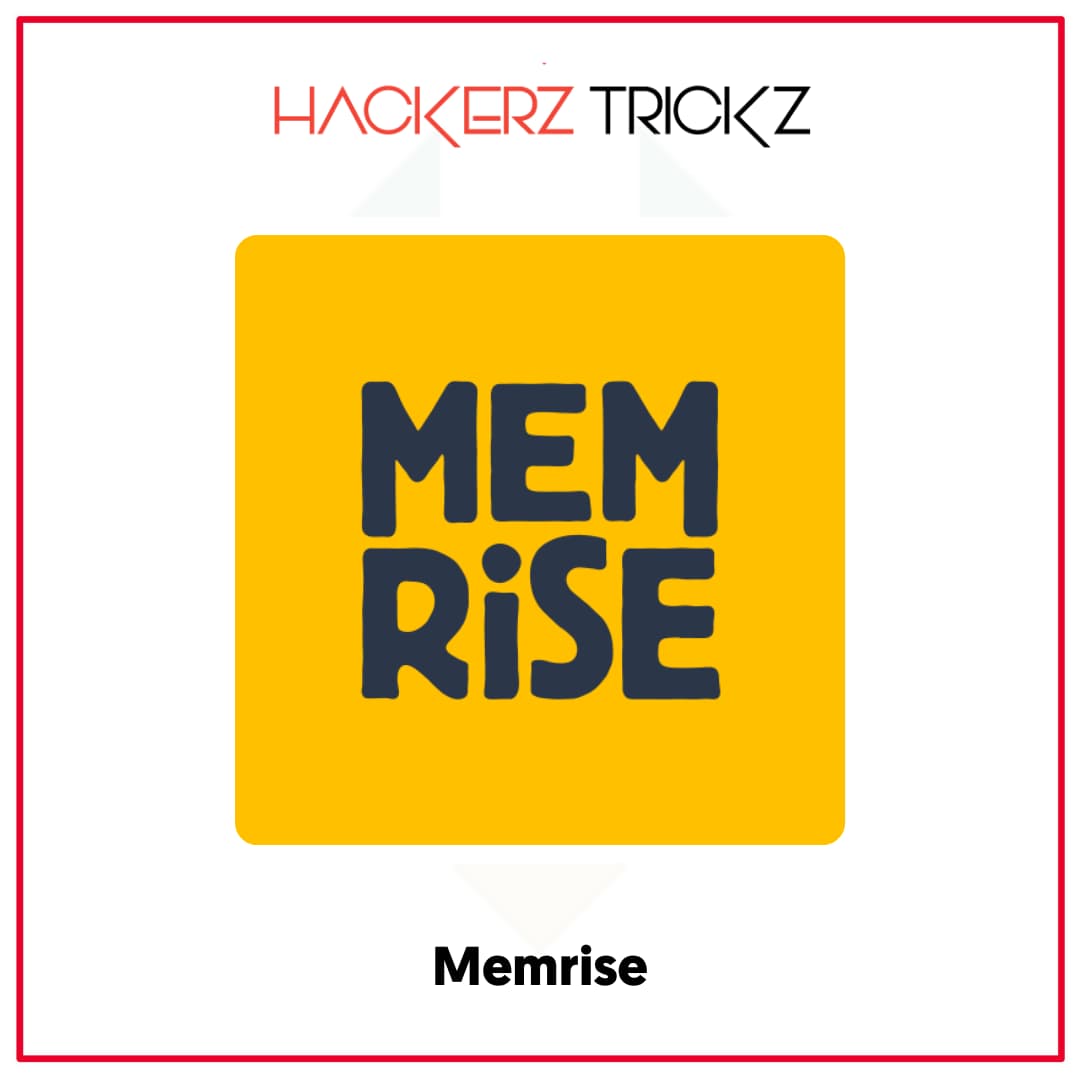
Memrise stands out for its effective use of spaced repetition techniques and multimedia content to enhance vocabulary retention. The app offers a vast library of language courses created by both experts and native speakers.
Learners can access a variety of multimedia resources, such as videos and audio clips, to reinforce their vocabulary and language comprehension skills. Memrise’s interactive and gamified approach makes vocabulary acquisition both enjoyable and effective.
Babbel
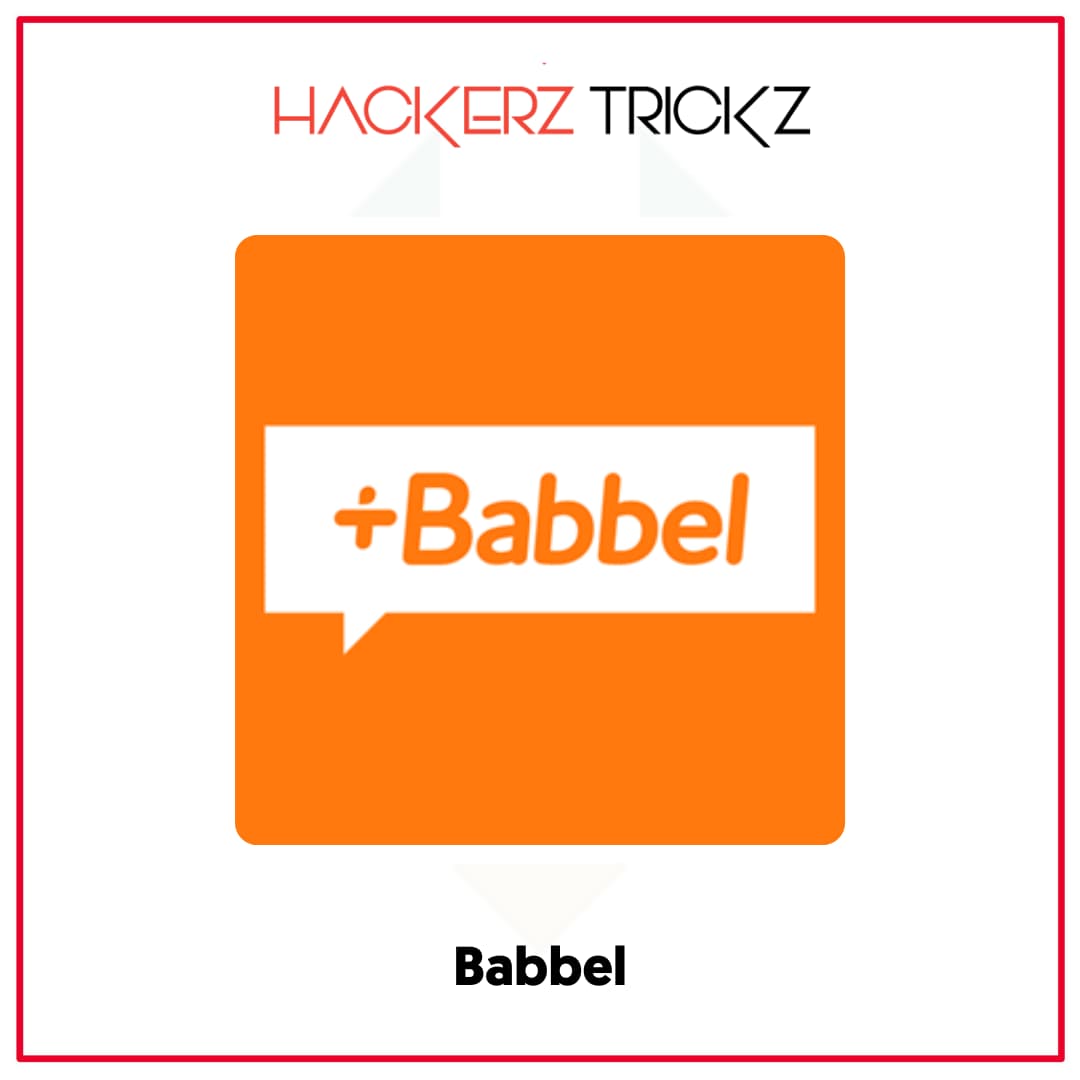
Babbel focuses on practical conversations and interactive dialogues, catering to learners who aim to quickly acquire conversational skills in a new language. The app offers a range of lessons designed to simulate real-life situations, providing learners with the opportunity to practice their language skills in context.
Babbel’s emphasis on spoken language and its interactive exercises help learners become confident and effective communicators in their target language.
These interactive language learning apps, including Promova, Duolingo, Memrise, and Babbel, have redefined the language learning experience by integrating creative elements and gamified approaches.
Whether learners are focusing on pronunciation, vocabulary acquisition, or conversational skills, these apps offer diverse features and activities that make language learning engaging, enjoyable, and effective.
Also Read – Working Free Among Us Accounts With 10,000 Stars
Online Language Learning Platforms
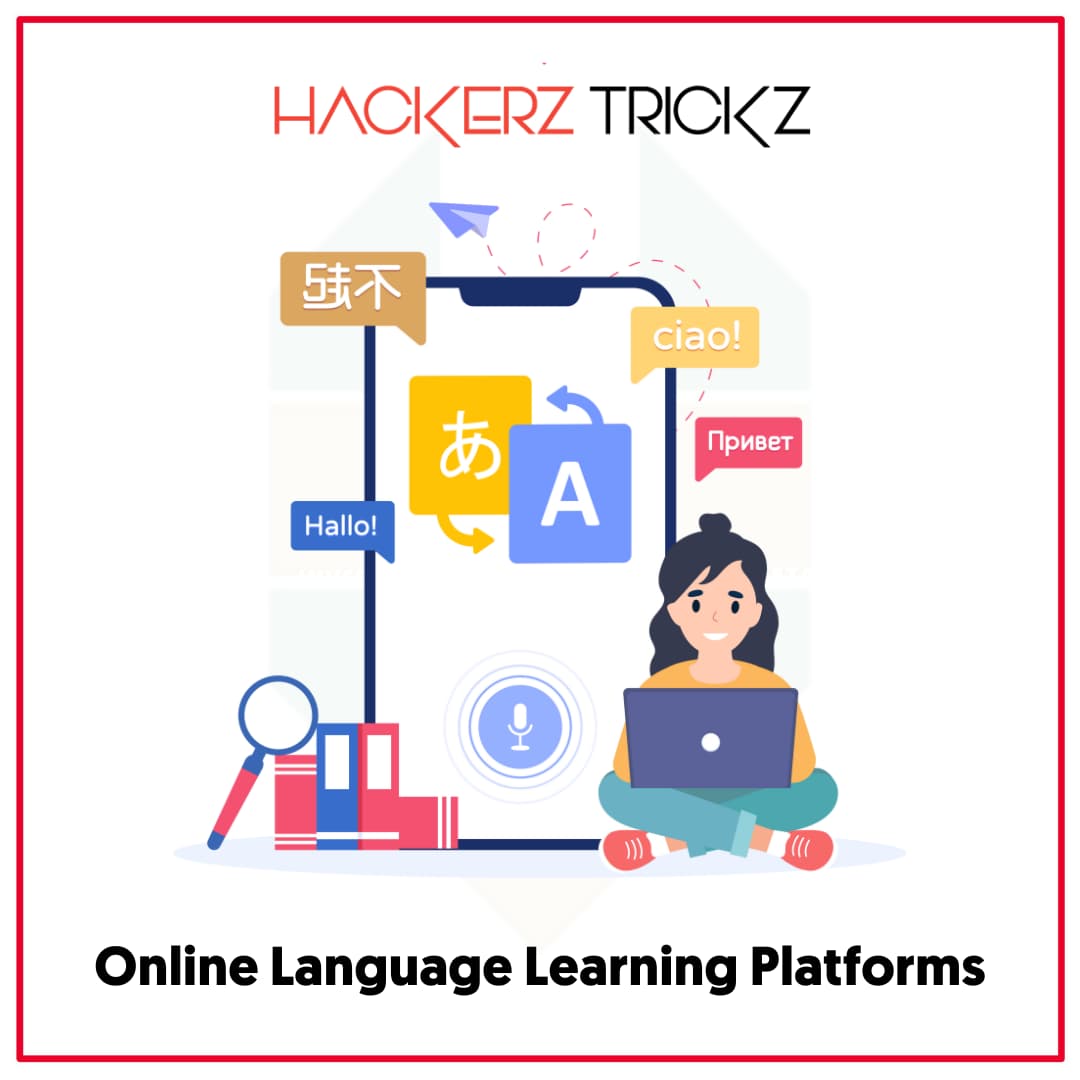
Virtual classrooms and online language learning platforms have revolutionized the accessibility of language education. These platforms offer a range of creative tools like interactive whiteboards, chat features, and multimedia resources that promote collaboration and active participation.
Learners can engage in group discussions, share ideas, and even create their own multimedia content to practice language skills.
Platforms such as Zoom, Google Classroom, and Microsoft Teams have become invaluable in facilitating online language learning.
- Zoom provides video conferencing capabilities that allow learners to interact with their peers and teachers in real time.
- Google Classroom offers a centralized platform for organizing assignments, sharing resources, and providing feedback.
- Microsoft Teams combines video conferencing, file sharing, and collaborative workspaces, creating a comprehensive online learning environment.
Digital Storytelling
Storytelling is an effective way to develop language skills, and technology has made it easier than ever to create and share stories. Digital storytelling tools like Storybird, Book Creator, and Adobe Spark empower language learners to unleash their creativity by writing and illustrating their own stories.
Storybird provides a wide selection of professional illustrations and offers a user-friendly interface for creating visually captivating stories. Book Creator allows learners to create interactive ebooks by incorporating multimedia elements such as images, audio, and video. Adobe Spark offers customizable templates and intuitive design tools for creating visually stunning stories, presentations, and videos.
Digital storytelling engages learners in the process of constructing narratives, expressing ideas, and practising language skills. It not only enhances language proficiency but also nurtures creativity and imagination, making language learning a more enjoyable and memorable experience.
Also Read – Free Babbel Accounts with Lifetime Premium Subscription
Tools and Online Resources To Help You

Grammar plays a crucial role in language learning as it provides the foundation for effective communication. Understanding grammatical structures and concepts is essential for learners to express themselves accurately and clearly.
One important aspect of grammar is the compound sentence. A compound sentence is a type of sentence that consists of two or more independent clauses, joined together by coordinating conjunctions or punctuation marks such as a semicolon.
It allows learners to express complex thoughts and ideas by combining multiple independent clauses. Mastering the use of compound sentences enables learners to create more varied and sophisticated sentences.
Here are a few ways technology tools can assist language learners in understanding what is a compound sentence on practice:
Writing Enhancement Tools
Writing enhancement tools such as Grammarly and ProWritingAid can assist language learners in identifying and improving their use of compound sentences.
These tools utilize algorithms and language processing technology to analyze sentence structures and provide suggestions for improvement. Learners can submit their written work to these tools, which will highlight areas where compound sentences could be added or improved.
Language Exchange Platforms
Language exchange platforms like Tandem, HelloTalk, and Italki provide opportunities for language learners to connect with native speakers and engage in conversations.
Through conversations, learners can practice using compound sentences in real-time discussions. Native speakers can offer guidance and corrections, helping learners understand the appropriate usage of compound sentences in different contexts.
Virtual Writing Workshops
Virtual writing workshops conducted through platforms like Google Docs or collaborative writing tools like Etherpad can facilitate group activities focused on compound sentences. Participants can collaboratively work on writing tasks, providing feedback and suggestions to improve each other’s compound sentence usage.
This interactive and collaborative approach fosters creativity and helps learners better understand compound sentences.
Online Writing Communities and Forums
Online writing communities and forums provide a platform for language learners to share their written work and receive feedback from peers. Platforms like Lang-8 and Writing.com enable learners to submit their writing samples, including paragraphs or short essays containing compound sentences.
Other community members can then review and offer constructive feedback on the learners’ use of compound sentences, helping them refine their skills.
By incorporating these technology tools into their language learning journey, learners can actively practice and improve their understanding and usage of compound sentences.
The interactive nature of these tools provides opportunities for learners to experiment with different sentence structures, fostering creativity and helping them develop their writing and communication skills.
Also Read – Free World of Warcraft Accounts: With 10K+ Conquest and Valor
Ending the Article
Technology has revolutionized language learning, offering a wide array of tools and resources to foster creativity and enhance the language learning experience. By leveraging technology tools such as interactive language learning apps, online platforms, digital storytelling tools, and virtual reality, learners can unleash their creativity and explore new avenues in language acquisition.
In the realm of language learning, technology tools play a crucial role in helping learners grasp complex concepts such as compound sentences. Grammar apps, writing enhancement tools, language exchange platforms, virtual writing workshops, and online writing communities all provide avenues for learners to practice and improve their understanding and usage of compound sentences.
As technology continues to advance, the possibilities for unleashing creativity in language learning are endless. By embracing these tools and integrating them into their language-learning routines, learners can unlock their creative potential, develop stronger language skills, and embark on a truly transformative language-learning journey.
